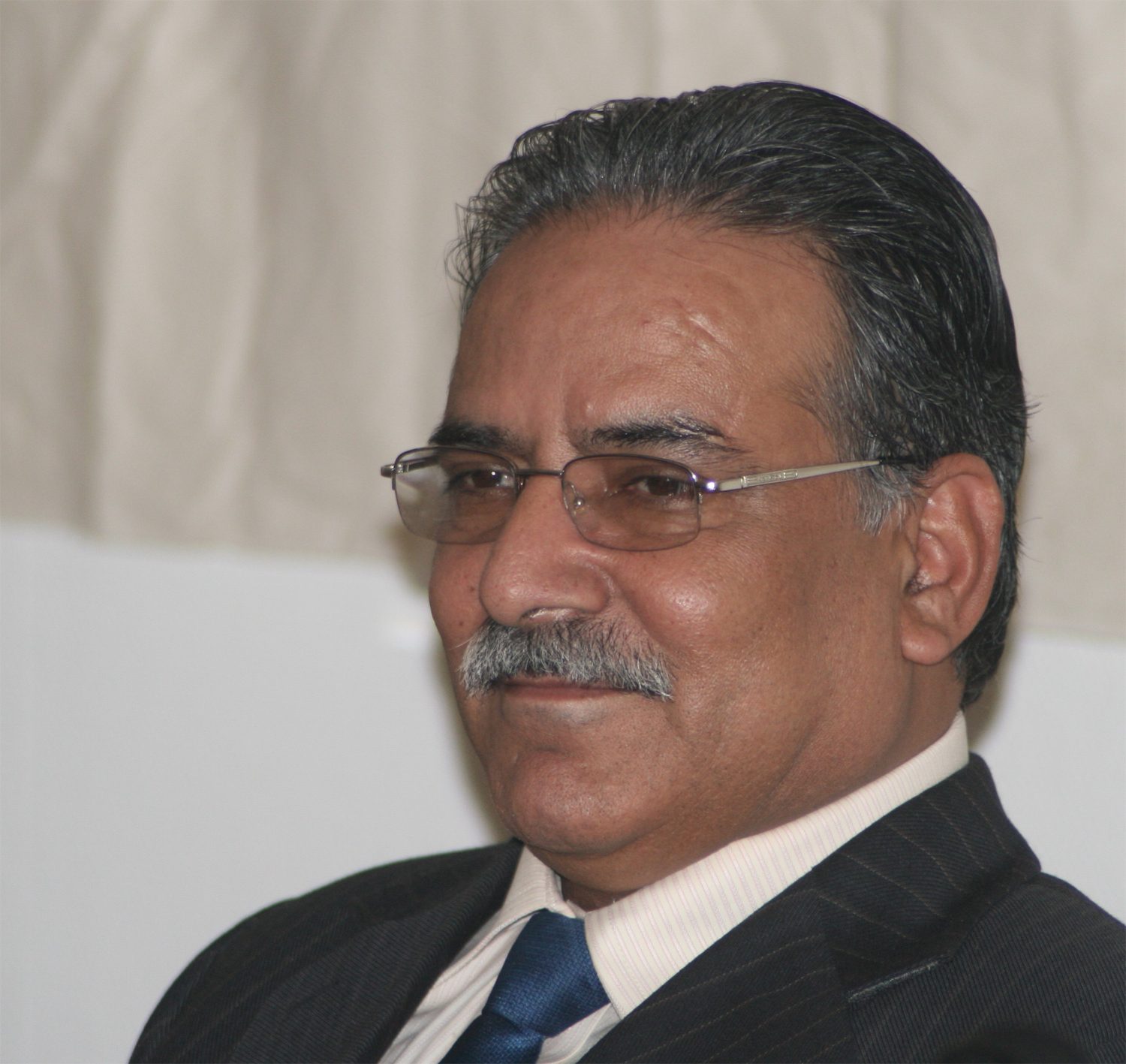India-Nepal Relations: A brief historical background of relations
- Modern-day India-Nepal Relations started with the 1950 Indo-Nepal Treaty of Peace and Friendship.
- The treaty was accompanied with secret letters that defined security relations between the two countries, and an agreement governing both bilateral trade and trade transiting Indian territory.
- Nepalese have been granted the same economic and educational opportunities as Indian citizens in India.
- Preferential treatment to Indians is given compared to other nationalities in Nepal.
- Since late 2015, cultural and political issues have strained relations between the two countries with anti-Indian sentiment growing among the government and people of Nepal.
- As close neighbors, India and Nepal share a unique relationship of friendship and cooperation characterized by deep-rooted people-to-people contacts of kinship and culture.
- The Indo-Nepal border is open; Nepalese and Indian nationals may move freely across the border without passports or visas and may live and work in either country.
- However, Indians aren’t allowed to own land-properties or work in government institutions in Nepal.
- Nepalese nationals in India are allowed to work in Indian government institutions (except in some states) and some civil services (the IFS, IAS, and IPS).
- Nearly 6 million Nepali citizens live and work in India.
- When a devastating 7.8 magnitude earthquake struck Nepal on 25 April 2015 (followed by a powerful aftershock of 7.4 magnitude on 12 May 2015), India’s assistance reached Nepal with rescue and relief materials with 571 tons of relief material including rescue equipment, medical supplies, food, water, tents, blankets and tarpaulin. The total Indian relief assistance to Nepal amounted to approx. US$ 67 million.
India-Nepal Relations: Geopolitical Framework
- There has been a long tradition of free movement of people across the borders.
Nepal shares a border of over 1850 kms in the east, south and west with five Indian States–Sikkim, West Bengal, Bihar, Uttar Pradesh and Uttarakhand–and in the north with the Tibet Autonomous Region of the People’s Republic of China. - The current border between Nepal and India exists as a legacy of British India.
- The Territorial disputes of India and Nepal include Kalapani and Susta.
Nepal claims that the river to the west of Kalapani is the main Kali river, hence it belongs to Nepal. But India insists that the river to the east of Kalapani is the main Kali river, and therefore claim the Kalapani area belongs to India. - The river borders the Nepalese zone of Mahakali and the Indian state of Uttarakhand.
As the first step for demarcating Indo-Nepal border, survey teams from both countries will locate and identify missing pillars along the border and construct new pillars.
Economic and Commercial Relations; Development Cooperation
- Since 1996, Nepal’s exports to India have grown more than eleven times and bilateral trade more than seven times; the bilateral trade that was 29.8% of Nepal’s total external trade in 1995-96 reached 66% in 2013-14.
- Exports from Nepal to India increased from ₹230 crore in 1995-96 to ₹3713.5 crore (US$ 605 million) in 2013-14 and India’s exports to Nepal increased from ₹1525 crore in 1995-96 to ₹ 29545.6 crore (US$ 4.81 billion) in 2013-14.
- The main items of exports from India to Nepal are petroleum products, motor vehicles and spare parts, m.s. billets, machinery and spares, medicines, hot rolled sheets, wires, coal, cement, threads and chemicals.
- The main items of exports from Nepal to India are polyester yarn, textiles, jute goods, threads, zinc sheet, packaged juice, cardamom, G.I. pipe, copper wire, shoes and sandals, stones and sand.
Energy Security
- A Power Development Agreement(PDA) for the 900 MW Arun-III hydroelectric project between India’s Satluj Jal Vidyut Nigam Limited and the Investment Board of Nepal (IBN) was concluded in November 2014.
- 150 MW supply added from 2014-16. Another 400 MW planned. Also, two 900 MW projects, Upper Karnali and Arun-3, agreements were concluded in 2014.
- A PDA for the 900 MW Upper Karnali hydroelectric project was concluded between IBN and M/s GMR in September 2014.
- There are more than twenty 132 KV, 33 KV and 11KV transmission interconnections which are used both for power exchange in the bordering areas and power trade.
- A 400 KVA cross-border transmission line between Muzaffarpur-Dhalkebar and two 132 KVA lines between Kataiya-Kushaha and Raxaul-Parwanipur are under construction.
India-Nepal Relations: Security Concerns
- Human trafficking in Nepal is a serious concern. An estimated 100,000-200,000 Nepalese in India are believed to have been trafficked.
MoUs signed during the recent visit of Nepalese PM to India (15th-18th September, 2016)
- India and Nepal have signed three MoUs for post-earthquake reconstruction, Road infrastructure in Tarai and Line of Credit.
- MoUs signed are Dollar Credit line agreement: India will provide new LoC agreement for US 750 million dollars for post-earthquake reconstruction projects in Nepal.
- MoU for Upgradation and Improvement of Road Infrastructure in Terai Area of Nepal.
- MoU on Post-earthquake reconstruction assistance. It deals with utilization of US$ 250 million dollars Grant component in India’s Assistance package for Post-earthquake reconstruction assistance of Nepal.
India-Nepal Relations: Future trends and Conclusion
- India and Nepal share a unique, peculiar and strong relations despite the highs and lows in the relations from time to time.
- India has helped Nepal several times, be it in politics, post-earthquake relief or geopolitical development, which shows India acts like big brother for Nepal.
- Recent promulgation of new constitution of Nepal in 2015 and subsequent protests raised an anti-Indian feeling among Nepalese which shows India must somewhere restrict itself in overlooking internal politics of India.
- The Chinese media has accused India of “interfering” in its relations with Nepal and ‘pressuring’ new leader Pushpa Kamal Dahal Prachanda to move away from Beijing.
- Prachanda last week chose India as his first overseas destination as Prime Minister rather than China – has appeared to rankle with Chinese strategic experts and State media.
- Chinese President Xi Jinping broached the topic of making Nepal an economic ‘bridge’ between India and China. It’s a wonderful idea, a win-win for all three sides.











